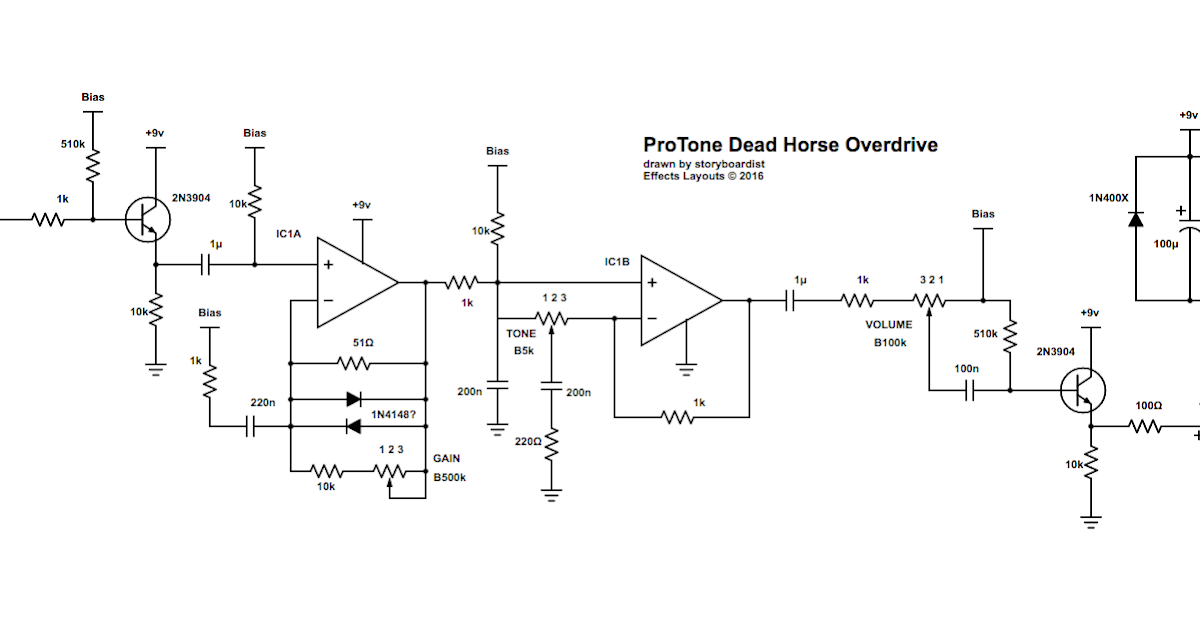

Distal tissues receive little energy, although, unlike protons, there is energy deposited distally due to nuclear fragmentation ( 10). Carbon ions exhibit a characteristic energy distribution in depth, known as the “Bragg Peak,” where low levels of energy are deposited in tissues proximal to the target, and the majority of energy is released in the target ( Figure 1). Treatment with carbon ions provides several unique physical and radiobiologic properties ( Table 1). At NIRS, 22% of patients treated have had localized prostate cancer, with other common sites including bone and soft tissue (13%) and head and neck (11%) ( 5). Today, there are five countries and a total of 13 centers treating with CIRT ( 1, 4). Since that time, over 20,000 patients have been treated with carbon ion radiation therapy (CIRT) ( 3).

The National Institute of Radiologic Sciences (NIRS) opened the first heavy ion accelerator for clinical use in Chiba, Japan, in 1994 ( 2). Since that time, particle therapy has enjoyed a rapid growth, with centers across the world treating with protons and other heavy ions, including carbon ions. The therapeutic advantages of particle radiotherapy were first recognized by Robert Wilson in the 1940s ( 1). We aim to provide a comprehensive review of the studies of each of these disease sites, with a focus on the current trials using carbon ion radiotherapy. Additionally, carbon ion radiotherapy has been studied extensively in the setting of recurrent disease. To date, carbon ion radiotherapy has been studied for almost every type of malignancy, including intracranial malignancies, head and neck malignancies, primary and metastatic lung cancers, tumors of the gastrointestinal tract, prostate and genitourinary cancers, sarcomas, cutaneous malignancies, breast cancer, gynecologic malignancies, and pediatric cancers. There are currently 13 centers treating with carbon ion radiotherapy, with many of these centers publishing promising safety and efficacy data from the first cohorts of patients treated. By taking advantage of these unique properties, carbon ion radiotherapy may allow dose escalation to tumors while reducing radiation dose to adjacent normal tissues.

The therapeutic use of heavy ions, such as carbon, has gained significant interest due to advantageous physical and radiobiologic properties compared to photon based therapy. Radiation therapy is one of the most widely used therapies for malignancies. 2Mayo Clinic, Rochester, MN, United States.1Mayo Clinic Florida, Jacksonville, FL, United States.Seneviratne 1 Daniel Michael Trifiletti 1 *

Malouff 1 Anita Mahajan 2 Sunil Krishnan 1 Chris Beltran 2 Danushka S. These frequencies were carefully selected to offer the widest range of flexibility for any musical genre.Timothy D. The 6-way Filter switch gives pre-set frequency response curves and low end definition Dino is famous for.
#Protone attack over drive pro#
With his signature drive, Dino took advantage of Pro Tone’s rich history of designing the best overdrive and distortion pedals available today - pulling aspects and technical specifications from several different models to form an amalgamation all his own. The Pro Tone Pedals Dino Cazares Overdrive is Dino’s take on the Pro Tone Pedals Attack Overdrive.


 0 kommentar(er)
0 kommentar(er)
